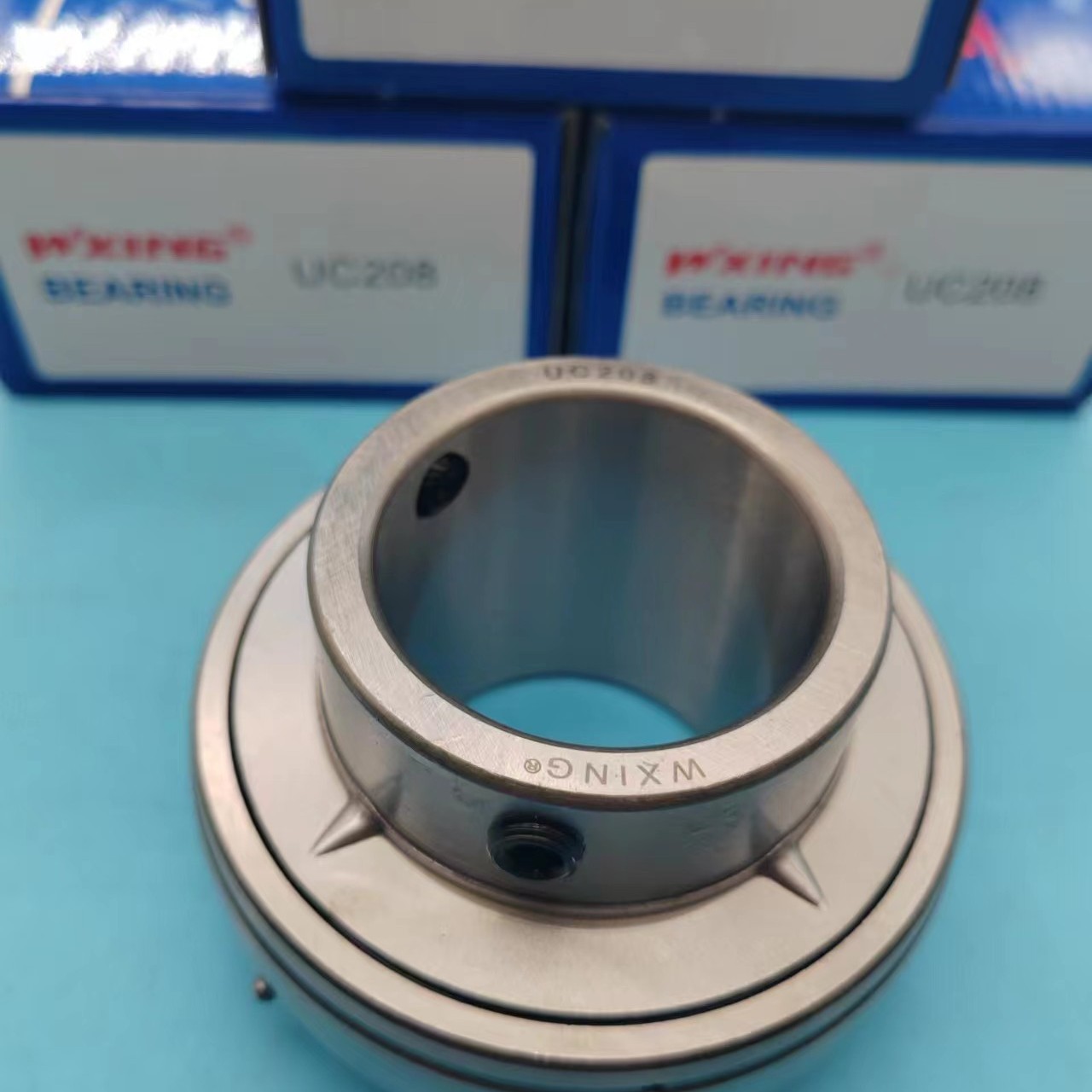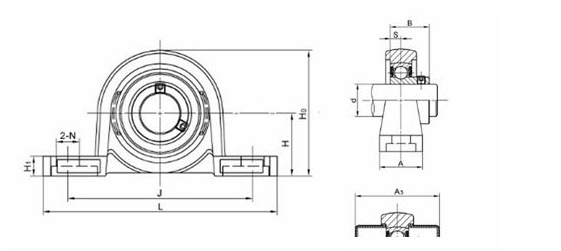










The physical properties of stainless steel are mainly expressed in the following aspects:
①Thermal expansion coefficient
Changes in the measured elements of a substance due to changes in temperature. The expansion coefficient is the slope of the expansion-temperature curve, the instantaneous expansion coefficient is the slope at a specific temperature, and the average slope between two specified temperatures is the average thermal expansion coefficient. The expansion coefficient can be expressed in terms of volume or length, usually in terms of length.
②Density
The density of a substance is the mass per unit volume of the substance, measured in kg/m3 or 1b/in3.
③Elastic modulus
When a force applied to both ends of a unit length edge can cause a unit change in the length of the object, the force required per unit area is called the elastic modulus. The unit is 1b/in3 or N/m3.
④Resistivity
The resistance measured between two opposite sides of a unit length cube of material, expressed in units of Ω·m, μΩ·cm or (obsolete) Ω/(circular mil.ft).
⑤Magnetic permeability
The dimensionless coefficient represents the degree to which a substance is easily magnetized and is the ratio of the magnetic induction intensity to the magnetic field intensity.
⑥Melting temperature range
Determine the temperatures at which the alloy begins to solidify and where solidification is complete.
⑦Specific heat
The amount of heat required to change the temperature of a unit mass of a substance by 1 degree. The values of specific heat in the imperial and CGs systems are the same because the unit of heat (Biu or cal) depends on the amount of heat required to raise the unit mass of water by 1 degree. The numerical value of specific heat in the SI system of units is different from that in the Imperial or CGS system because the unit of energy (J) is defined differently. The units of specific heat are Btu(1b·0F) and J/(kg·k).
⑧Thermal conductivity
A measure of the rate at which a substance conducts heat. When a temperature gradient of 1 degree per unit length is established on a material with a unit cross-sectional area, the thermal conductivity is defined as the heat conducted per unit time. The unit of thermal conductivity is Btu/(h·ft·0F) or w/(m •K).
⑨Thermal diffusivity
It is a performance that determines the temperature forward rate inside a substance. It is the ratio of thermal conductivity to the product of heat and density. The unit of thermal diffusivity is expressed in Btu/(h·ft·0F) or w/(m·k).

Unit No. | Shaft d | Dimensions (mm) | ||||
(mm) | H | Bolt Size mm | Bearing No. | Housing No. | Weight | |
KP000 | 10 | 18 | M6 | K000 | P000 | 0.03 |
KP001 | 12 | 19 | M6 | K001 | P001 | 0.04 |
KP002 | 15 | 22 | M6 | K002 | P002 | 0.05 |
KP003 | 17 | 24 | M6 | K003 | P003 | 0.07 |
KP004 | 20 | 28 | M8 | K004 | P004 | 0.11 |
KP005 | 25 | 32 | M8 | K005 | P005 | 0.15 |
KP006 | 30 | 36 | M10 | K006 | P006 | 0.21 |



Zhejiang waxing electromechanical co.LTD.
ABOUT US
Copyright © 2025 Zhejiang waxing electromechanical co.LTD. | All Rights Reserved Design
Hello, please leave your name email or WhatsApp here before chat online so that we won't miss your message and contact you smoothly.

CONTACT US
Consult our customers for surprise discounts.